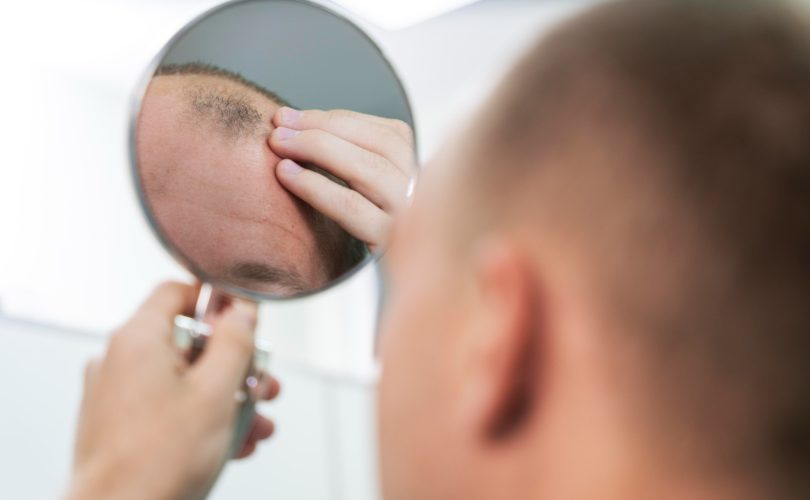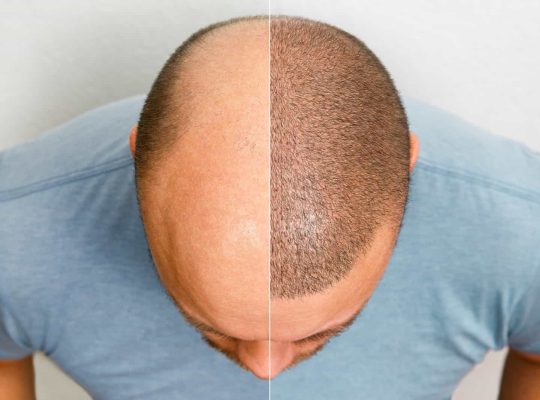Hair Transplant Work #1 question that comes to mind when researching hair transplant operations. Is it worth it? Does it really work? The answer is a big YES; hair transplant work is the most successful method compared to commercially sold hair restoration products. Just like any operation, there are a few things to consider before being committed to a life-changing procedure:
-The transplanted hair will not grow immediately: It will take a minimum of 3-4 months to show growth and then it will continue to grow. The percentage of hair growth varies from area to area.
-Since it will be the patient’s own hair; it will carry the same genetics: It may get thinner over time.
-The hair growth depends on the patient’s skin type & hair follicle strength so the success of this operation again varies. However, plasma therapy can nourish & help with the growth of the transplanted hair.
This operation is not suitable for everyone. It helps get back the look before hair loss due to old age, balding, or an accident.
Hair transplants are done with the patient’s existing hair. Therefore, it may not be as effective on people that lost their hair due to heavy medications or treatments, large scalp scars, or those that cannot provide enough hair follicles to restore the bald areas.
What about the cost of hair transplant operations?
The costs will vary from £1000 to £3000 per session in Turkey. It can be higher or lower depending on the transplant method, hospital expenses, the expert’s experience in the field, and other amenities that the clinics choose to offer in their packages.
The necessary medications patients have to use after the operation or additional plasma therapy may also be added to the final cost of this procedure. As hair transplant operations are not vital, they are usually not covered in the healthcare insurance policies.
How does the hair transplant procedure happen?
We do have an article on step by step hair transplant for more detailed information regarding the operation day, but we’ll explain it simply once again: During a hair transplant operation the hair grafts are extracted from the back of your head (which is called the donor area) and transplanted to the areas lacking hair.
A patient’s own hair is used for this procedure and in some cases, hair can be taken from the other parts of the body.
The area of operation is numbed at first with local anesthesia for the procedure to begin however patients can also request sedation. Patients usually take sedation if they’re too nervous and cannot tolerate much pain. From here, the expert follows the chosen method for the operation: FUT or FUE.
Let’s Start With FUT
This method has been around for a very long time. Here are the steps a hair transplant expert follows while operating with the FUT (Follicular Unit Transplant) method:
- After the patient’s head has been numbed with local anesthesia, the expert outlines and removes a strip of the scalp. The size of this strip depends on how many hair follicles are needed to cover the bald areas. The area where the strip is removed is then closed with stitches so it won’t look like a visible bald line.
- The taken out strip is then divided into smaller pieces that are called hair grafts. The number of hair grafts is roughly calculated before the operation to give an idea of how big of a strip is needed. Hair grafts may contain a single or two hairs each.
- Then the patient lays on the back, local anesthesia is applied to the frontal part and the crown area. The expert makes incisions for each hair graft, then carefully places them in. The operation finishes at this point and the operated areas are cleaned up and bandaged.
What about FUE?
Follicular Unit Extraction method is another popular type of procedure in which instead of a donor strip being cut out, each hair follicle is collected individually. With this method, hair needs to be shaved fully.
Just like in FUT, the donor area is outlined after the patient receives local anesthesia, and each hair follicle is taken out one by one. Once the needed number of follicles are collected, the patient then lays on the back for the incisions to be made on the frontal or crown (wherever the hair loss is). Then, at last, the follicles are transplanted back in.
In both methods, the number of hair grafts that need to be transplanted depends on the patient’s hair type, size of the bald area, hair color, and hair quality (including thickness and strength).
How Do You Recover After Hair Transplant Operations?
Both procedures take long hours so usually, an operation day will start early in the morning and end in the evening. The patients can go back home/hotel on the day of the operation to get a good night’s sleep. It is expected to feel exhausted and the operating area swell.
These are all normal effects of hair transplant operations and the complaints will go away in the next few days. Experts may prescribe pain medications, antibiotics, and anti-inflammatory medications for precaution.
Some Aftercare Tips For Easier Recovery:
-Be very gentle with the operating area. Be careful while getting dressed, walking up the stairs, and getting in vehicles.
– Do not exercise until the hair transplant expert allows you to. Let your body rest and gain back its strength.
-Follow the hair transplant expert’s instructions on hair wash, as you cannot use regular shampoos because the area is still very delicate.
-You’ll be ready to go back to your work and daily routines in 3-4 days.
Side Effects To Consider
As hair transplant is a medical operation, there is a possibility of side effects that patients should know before the procedure begins:
-Scarring (happens in all methods)
-Bleeding and liquid drainage around the operated areas
-Inflammation, itching and swelling, and slight pain on the scalp
-Infections
Sometimes hair transplant experts can prescribe Minoxidil or Propecia for quicker hair growth. These medications also have some side effects that patients should be aware of:
-Swelling body parts (usually feet & hands)
-Scalp irritation
-Headaches and dizziness
-Heart rate irregularities
-Sexual dysfunction
On our website, you can find a hair transplant expert/clinic and review them before committing to anyone!
Just visit the Treatments – Hair Transplant page of our website for our referred experts who perform hair transplants.
We have already selected our experts with the following qualifications:
– Only certified and licensed experts
– The experts who have a good portfolio and successful hair transplant results
– The experts who have good reviews
For more detailed information about hair transplants; do not hesitate to contact us!
Hair Transplant Work Turkey Prices 2023
Hair transplant work turkey prices 2023 you can contact us for information about.






